It feels a little weird to be making art right now.
As millions of people around the world battle COVID-19, as the death toll continues to rise, as unemployment skyrockets, and as the future becomes more and more uncertain, making art starts to feel, well, frivolous. What’s a new poem when hospitals are overrun? What’s a new painting when tens of millions have filed for unemployment in a matter of weeks? What’s a new blog post (what’s this blog post?) when we don’t know how long it will be until we have consistent, reliable access to groceries? When frontline workers don’t have enough personal protective equipment, why should anyone be making anything other than face masks?
It’s easy, right now, to think this way. It’s easy to look at good ol’ Maslow’s hierarchy and think we should shunt art to the side until those bottom layers are stable again.
But that’s not true.
Heather Demetrios’s beautiful new novel, Little Universes, was released earlier this month, right into the pandemic. She sent an email to readers on publication day, expressing similarly conflicted feelings:
Is it okay to take up a few moments of people’s time right now to share about a book I love, an offering I made for the world, something I think will help them during this crisis, but would require them to do nothing but read words on a page for a while?
Is it okay to feel sad about what having this book come out now means for me and my career when the entire world is suffering through a shared crisis? Is it okay to celebrate the long, hard road I’ve walked to write a book that, to me, distills everything I know to be true?
But then she shared the advice she’s been giving other writers—and trying to follow, herself—these days:
Right now, the people on the front lines of this crisis are our health care workers, scientists, and policy experts. Our job as writers is to bear witness to what’s happening, and to be foot soldiers in the fight for morale. Hold space for others through our words, whether they provide escape or solace or clarity.
But when the dust of COVID19 settles, it’s the artists who will be on the front lines of the crisis. The artists who will be keeping the world afloat through the waves of grief and loss and uncertainty that will threaten to drown us all.
This perspective has stuck with me and reshaped the way I’ve been thinking about my own work—and art in general—during this crisis. Art will be on the front line as we weather the emotional fallout of the pandemic. Really, it has been for weeks now, in a way. While nurses and doctors and essential employees and so many other heroes have kept us physically safe, art has kept us emotionally safe. How many of us have turned to art to cope with uncertainty? Maybe we’re creating it, or maybe we’re consuming it—reading books, watching movies, listening to music, coloring pictures…
Art has a very real place in COVID-19’s world, and it will have a very real place in the aftermath. If you can’t create right now—if your best method of self-care is to give yourself a break—that’s ok. But if you’re feeling called to make new art and put it out into the world, please do. Art will help keep us connected, help us process what we’re feeling, and help us find our way through this crisis into a new sense of normal.
Little Universes
by Heather Demetrios
When Mae and Hannah’s parents are killed by a tsunami in Malaysia, the two sisters’ lives are turned upside down. As the aftermath of the wave washes up family secrets and questions about the future, both girls must learn to move forward, holding onto each other and the love their parents left behind.
Read my review on BookPage, and order your copy from BookShop to help support independent bookstores during this crisis!
Links to BookShop.org are affiliate links, meaning if you make a purchase after clicking through from my website, I’ll receive a small commission at no extra cost to you.


